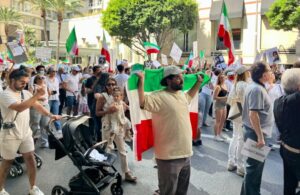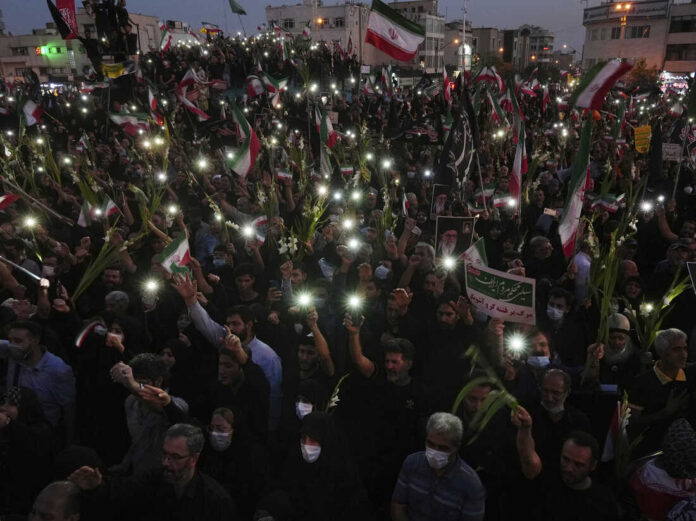On September 16, 2022, thousands of Iranians observed Mahsa Amini’s funeral. Then, they gathered in the masses to protest their government’s brutality resulting in the death of Amini. However, they were met with smoke grenades, batons, and arrests from the morality police. But, why did these violent protests flare up in the first place?
HISTORY OF IRAN
In 1951, Mohammad Mossadegh was elected Prime Minister of Iran. During this time, Mossadegh nationalized the country’s oil industry, which greatly infuriated the main benefactor of Iranian oil concessions. This country happened to be Great Britain and its Anglo-Persian Oil Company. In response, Britain imposed an economic embargo on Iran, and plotted to overthrow Mossadegh.
Seeing worsening divisions in Iran, the US and Britain dispatched their CIA and MI6 intelligence units to overthrow Mossadegh. By 1953, a pro-Western and secular monarchy was established with Mohammad Reza Pahlavi as the Shah of Iran.
During the first two decades of the Cold War, Shah Mohammad Reza Pahlavi launched the White Revolution. This boosted the nation’s wealth and transformed Iran into an urbanized, Westernized state. Under this program, land was redistributed to some 2.5 million families, established literacy and health units, and advanced social and local reforms. In addition, secular education was heavily emphasized, which resulted in a steep erosion of religious clergy’s social leverage.
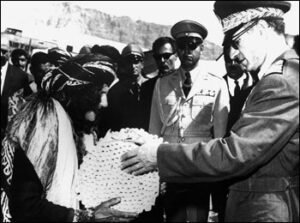
In order to ensure that his policies would be carried, the Shah formed the SAVAK – Iranian secret police. The SAVAK had the power to censor the media, target political opponents of the Shah, and interrogate military and political prisoners. Consequently, many citizens feared and detested the agency, which arrested and executed thousands of the Shah’s enemies.
RAGING REVOLUTION
Outwardly, with a swiftly modernizing economy, Iranian lifestyle was thriving. However, in a span of two decades, Iran shifted from a conservative and rural society to a modern and urban one. In addition, increased corruption of the bureaucracy and police brutality led to many ordinary citizens’ doubt of the Shah and his policies.
In 1978, after decades of the Shah’s Westernization and repressive policies, the conservative joined a coalition with the lower class farmers and youth to protest the Shah. Spearheading the revolution, Ruhollah Khomeini successfully ousted the Shah by 1979 and established the anti-Western and isolationist Islamic Republic of Iran.
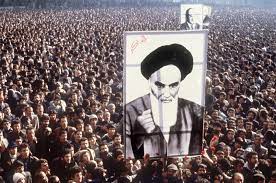
Since 1979, Iran has remained an Islamic theocracy with the ultimate authority in the hands of an autocratic “Supreme Leader.” But the Iranian regime’s governance has sparked criticism by many nations for human rights issues and repression of civil liberties.
NEW CENTURY: NEW PROTESTS
Three and a half decades after the revolution, the people of Iran have lived under a watchful and repressive regime. As a result, many young Iranians begin to see cracks in the government and soon express their dissatisfaction.
From 2017-2018, demonstrators in Mashhad, Iran’s 2nd largest city, protested the government’s economic policies and high prices of basic goods. Soon, the scope of these protests expanded to Iran’s military involvement in Syria. For example, protestors were hollering “not Gaza, not Lebanon, my life for Iran” when President Hassan Rouhani visited the Yurt coal miners in the Golestan province. However, after two weeks of protests, 22 people were killed and 3700 were detained.
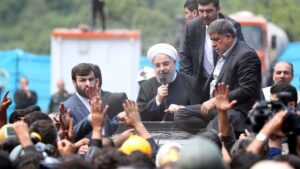
In 2019, Iran intentionally raised gas prices up to 300% in order to raise funds for the poor, but this plan backfired. The first protests broke out in oil-rich Khuzestan province. In response, the government used tear gas and live ammunition, which resulted in 300+ killed and 7000 detained demonstrators.
In January 2020, many Iranians protested their government again after the Iranian Revolutionary Guards Corps admitted that they shot down a Ukrainian airliner. This resulted in the deaths of all 176 passengers, including dozens of Iranians. At several university campuses, students demonstrated against their government, shouting “death to the liars” and “clerics get lost.” As a result, Iranian police carried out crackdowns, which led to the deaths of 30 civilians.
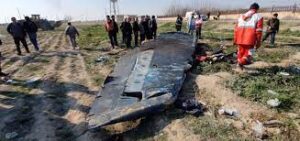
DEATH OF MAHSA AMINI
On September 13, 2022, Mahsa Amini, a 22 year-old Kurdish-Iranian woman, was with her brother at a train station in Tehran. Suddenly, the Iranian morality police accused her of not complying with the country’s hijab rules and arrested her. Three days later, Amini was found dead.
The police deny Amini was mistreated and say she died of a heart attack, but they refused the family from seeing her body immediately after the announcement. However, according to eyewitnesses, Amini was beaten to death by police officers.
After Amini’s funeral, hordes of Iranians began protesting in Kurdistan and other cities. In response, the government cut off mobile internet service in Tehran to prevent communication among protestors.
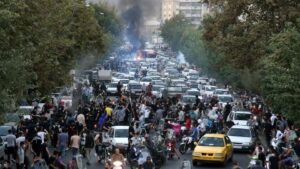
Heavy protests continued as violent confrontations occurred between the police and civilians. As of now, over 80 protestors have been killed by the government’s deadly tear gas and live ammunition. This makes the Mahsa Amini protests one of the deadliest since the 2019-2020 protests with over 1500 fatalities.
INTERNATIONAL REACTIONS
In response to the death of Mahsa Amini and recent protests, many Western nations condemned the Iranian government. For instance, Canada called for a “complete investigation into the regime’s actions” and the US Secretary of State Antony Blinken stated that the Iranian government will be held accountable for such human rights abuses. In addition, the US Department of Treasury sanctioned the Iranian morality police and several high-ranking officials.
Many European countries and organizations called out Tehran for the egregious violation of human rights and the right to assemble. For instance, Josep Borell, a representative of international relations for the European Union, demanded Iran to lift its internet restrictions and to abide by the International Covenant on Civil and Political Rights. Then, Borell asserted that Iran will endure possible economic “restrictive measures” if necessary.
International organizations such as the United Nations called out the government for the egregious infraction of human rights. Nada al-Nashif, the acting UN High Commissioner for Human Rights, urged the Iranian clergy to respect the rights and freedom of expression of the people. Also, she indicated that hundreds of human rights lawyers, activists, and journalists have been arrested in Iran.
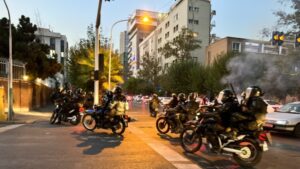
DIFFERENCE FROM PAST PROTESTS
Unlike previous protests, the demonstrations emerging from the death of Mahsa Amini do not have neither political nor economic ties. With the main slogan being “Women, Life, Freedom, ” the Mahsa Amini demonstrators’ main argument is centered on recognition of women as victims of the Tehran regime and establishment of a more egalitarian, secular government. For instance, many women are cutting off their hair to show their solidarity with the demonstrators.

Second, this year’s demonstrations spotlights the discontent of many young Iranians. Many of these under 25 year-old citizens do not only consider themselves as opponents of Islamist theology, but also their views are also contrasting against those of the previous Burnt Generation – people born between 1966 and 1988.
CONCLUSION
Overall, the Mahsa Amini protests is a continuation of consistent resentment against the Iranian government’s political and economic policies. This experiment could instigate further developments over the next few weeks or months.
But, it also represents the rising influence of social media in disseminating information and protesting, which intensify the protestors’ platforms centered on government reform. Iranians living around the world are now gathering in solidarity with other non-Iranians to demand change and justice. For instance, Los Angeles, where 100,000 Iranian-Americans reside, saw one of the largest solidarity protests. Capturing the essence of the protests, UCLA lecturer Esha Momeini asserted that “it’s these generational losses that are forcing young people [Iranians] to the streets demanding change.”
